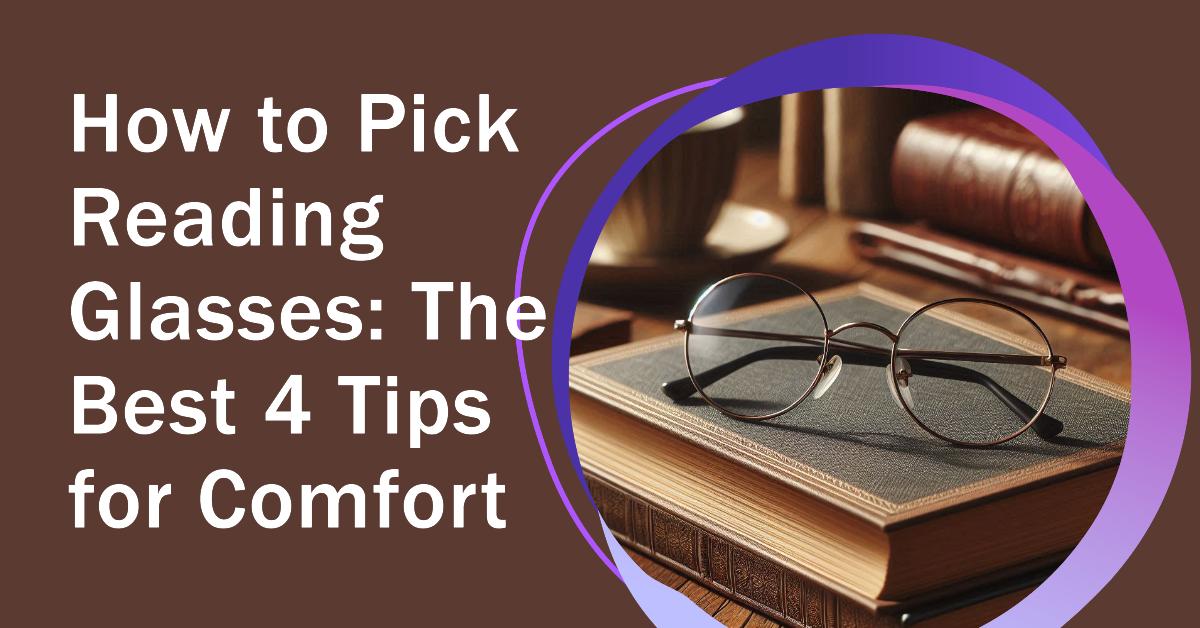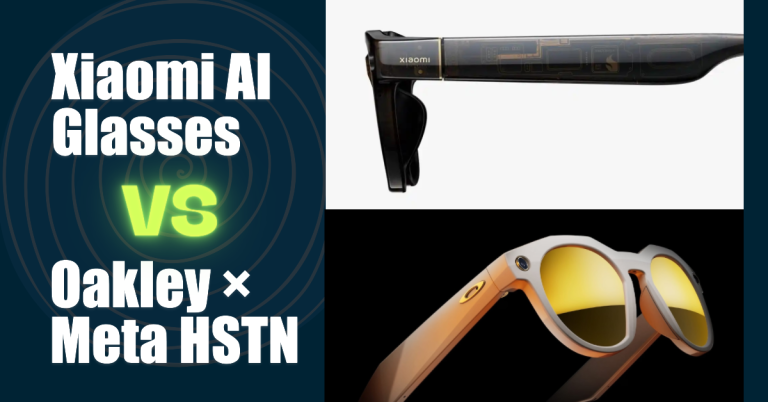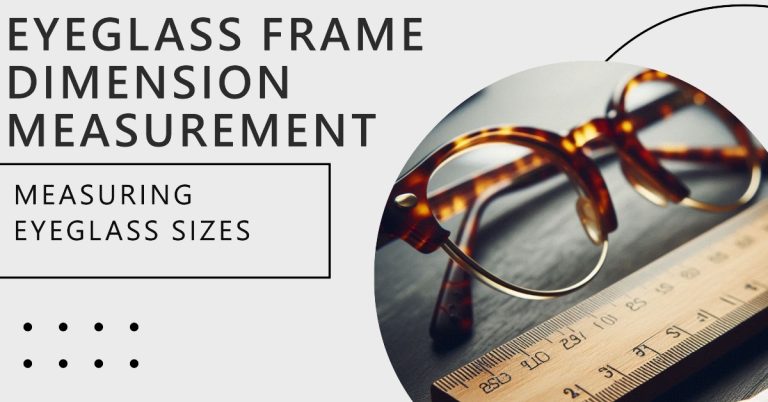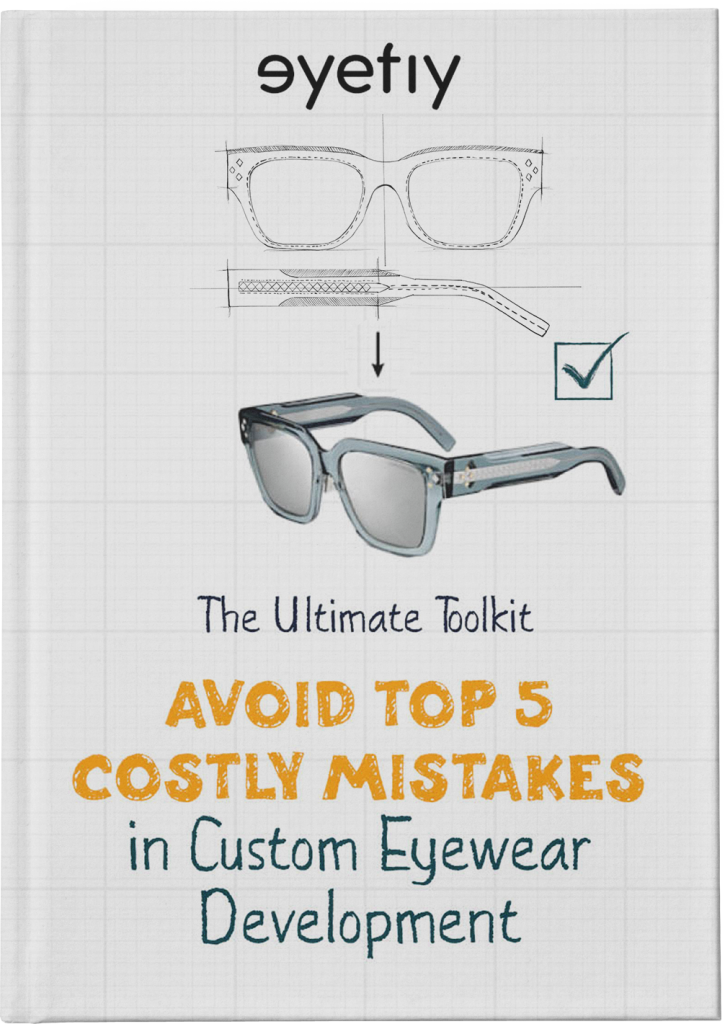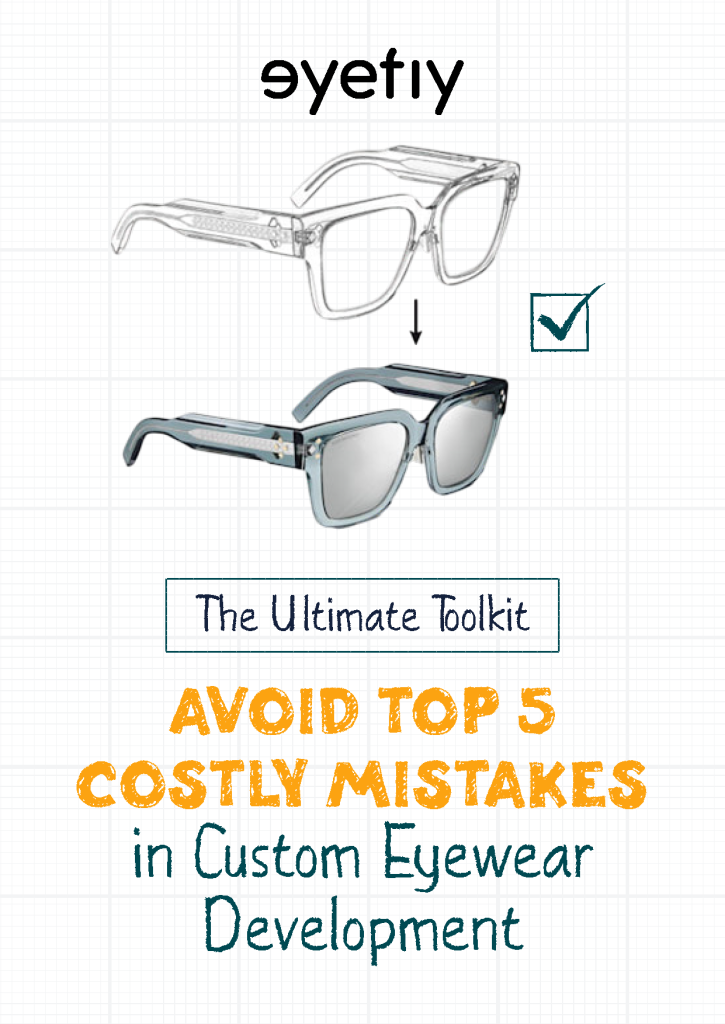Introduction
Choosing the right reading glasses isn’t just about convenience—it’s essential for daily comfort, eye health, and quality of life. As we age, presbyopia (age-related farsightedness) makes focusing on close objects harder, making reading glasses a necessity. Finding the perfect pair requires understanding your vision needs, ensuring a proper fit, and addressing any additional vision concerns.

Understanding Your Vision Needs
Individual Differences in Presbyopia
Presbyopia typically begins around age 40, but its progression varies for everyone. Some may need slight magnification early on, while others require glasses later. Regular eye exams are key to monitoring changes and learning how to pick reading glasses that match your evolving vision needs.
The Impact of Other Vision Issues
Conditions like myopia, hyperopia, or astigmatism can influence how to pick reading glasses. For instance, myopia may require bifocal or progressive lenses, while astigmatism needs specialized designs. Ignoring these issues can lead to discomfort or ineffective correction.
The Role of Symmetry in Vision
Presbyopia often affects each eye differently, a factor overlooked with ready-made glasses. Customized glasses, tailored to each eye’s unique needs, ensure balanced vision and prevent strain, making symmetry in lens strength essential.
Regular Eye Examinations for Accurate Assessment
Routine eye exams help determine the correct strength and offer personalized guidance on how to pick reading glasses. As your prescription changes over time, these check-ups ensure your glasses remain effective and comfortable.
Key Features of Quality Reading Glasses
Selecting high-quality reading glasses involves understanding specific optical requirements and comfort factors. These glasses must provide clear vision and comfort, reflecting in several key features:

Lens Size and Shape
When considering how to pick reading glasses, lens size is crucial. Larger lenses, ideally over 30mm in height, provide a better field of vision for presbyopic eyes and reduce strain during reading or close-up tasks. Narrow lenses under 25mm are more portable but are better suited for temporary use.
Frame Width and Optical Center Distance (OCD)
Frame width and OCD are important factors in how to pick reading glasses. Wider frames suit fuller face shapes typical of middle-aged users, while the OCD must account for the smaller pupillary distance needed for near tasks. For women, OCD usually ranges from 58-61mm, and for men, 61-64mm, ensuring proper alignment and comfort.
Durability and Material Quality
Durability is a key consideration in how to pick reading glasses. High-quality materials, corrosion-resistant plating, and scratch-proof lenses ensure longevity, especially as prescriptions change every five years (+0.50D increments). Sturdy, elastic materials help glasses remain reliable and comfortable over time.
Lens Coatings for Enhanced Performance
In addition to the physical structure, modern reading glasses often feature various lens coatings to enhance their performance. These coatings can include anti-reflective properties to reduce glare, scratch-resistant layers to maintain clarity, and even UV protection for outdoor use.
Comfort in Wear
Overall comfort remains a vital aspect of quality reading glasses. This comfort pertains not just to the physical fit of the frames but also to the weight and material against the skin. Lightweight materials and well-designed nose pads and earpieces contribute to the comfort of the glasses, making them wearable for extended periods without discomfort.
Choosing the Right Lens Type
The selection of the right lens type is a critical aspect of finding the perfect reading glasses. Generally, eyeglass lenses fall into two main categories: glass lenses and optical resin lenses. Each type has its distinct characteristics, advantages, and considerations, which are crucial in determining the best fit for your needs and lifestyle.
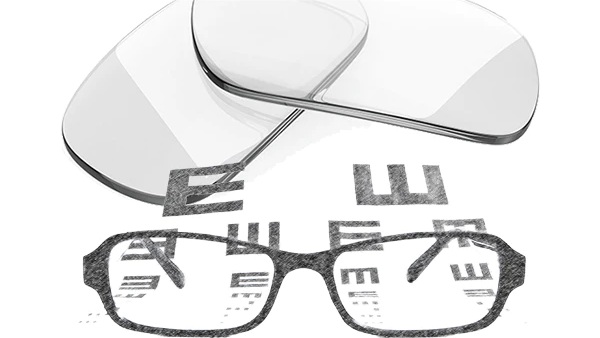
Glass Lenses
Glass lenses, including optical glass and high-index (ultra-thin) lenses, are praised for their scratch resistance and stable optical quality. However, they are heavier and less impact-resistant than resin lenses, making them less suitable for those seeking lightweight or more durable options. Understanding these pros and cons is essential when deciding how to pick reading glasses.
Optical Resin Lenses
Resin lenses are lighter and offer better impact resistance, ideal for daily use. However, their softer surface makes them prone to scratches, requiring careful handling. Cleaning with water and a soft cloth is recommended, especially for coated lenses. In dusty or oily environments, uncoated or advanced protective coatings may be more practical—a key consideration in how to pick reading glasses for specific conditions.
Lens Maintenance and Care
Proper maintenance is vital for both glass and resin lenses. Avoiding direct contact with hard surfaces and using appropriate cleaning solutions preserves their quality and extends their lifespan. Coated lenses, in particular, benefit from careful cleaning to maintain their protective features.
Selecting the Perfect Frame
Choosing a frame is as important as selecting lenses in how to pick reading glasses. Frames affect aesthetics, comfort, and optical quality, making size, material, and assembly key factors to evaluate.
Frame Size and Pupillary Distance (PD)
The frame size should align with your PD, ensuring lenses are positioned correctly for clear, comfortable vision. Proper alignment reduces eye strain and enhances optical performance.
Indicators of Frame Quality
When assessing the quality of a frame, there are several key features to look for:
- Flexibility: Frames with good elasticity are generally of higher quality. They are more durable, can withstand daily wear and tear, and provide a comfortable fit without being too rigid.
- Plating Quality: Frames with a smooth and shiny plating are indicative of good quality. This not only adds to the aesthetic appeal but also suggests a better manufacturing process that can resist corrosion and wear over time.
- Material Quality: The quality of the materials used in the frame should be high. Smooth, uniform materials are preferable as they are more comfortable against the skin and are likely to last longer.
- Assembly Quality: Frames that are well-assembled, with tight and precise fittings, indicate superior craftsmanship. This ensures that the glasses maintain their shape and fit over time.
- Symmetry and Consistency: The dimensions and shape of the frame, particularly the eyepiece rings, should be consistent and symmetrical. A symmetric frame not only looks better but also ensures that the lenses are positioned correctly for optimal vision.
Conclusion
Choosing the right reading glasses is essential for clear vision, comfort, and eye health. By understanding your vision needs, selecting the appropriate lens type, and focusing on frame quality and fit, you can ensure your glasses meet your specific requirements. Regular maintenance and eye exams play a crucial role in keeping your reading glasses effective over time. With these tips on how to pick reading glasses, you can make informed decisions to enhance your daily life.
